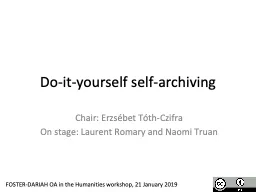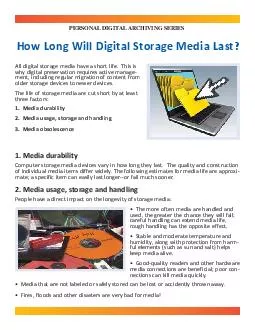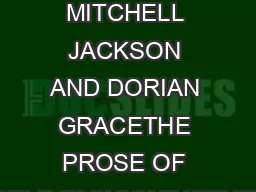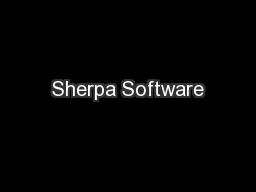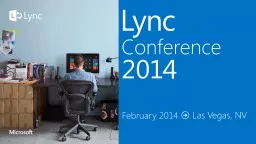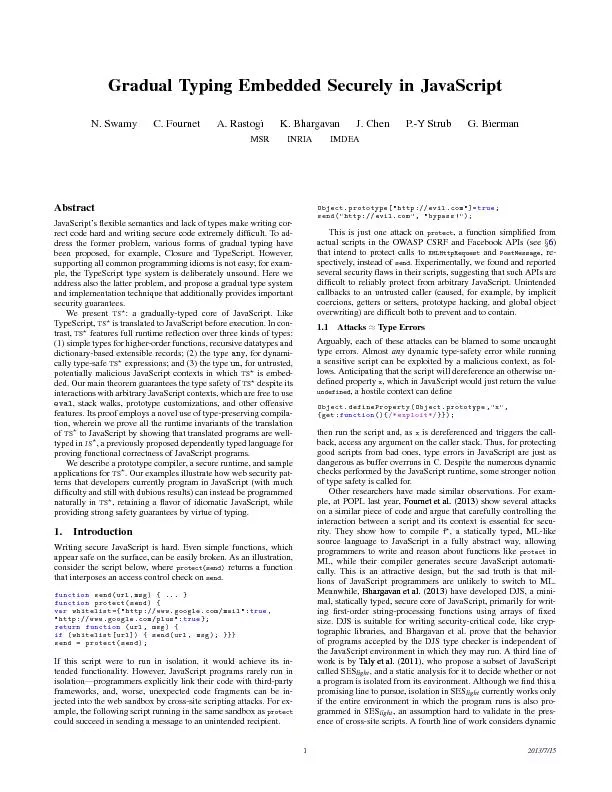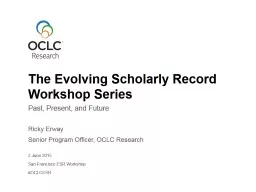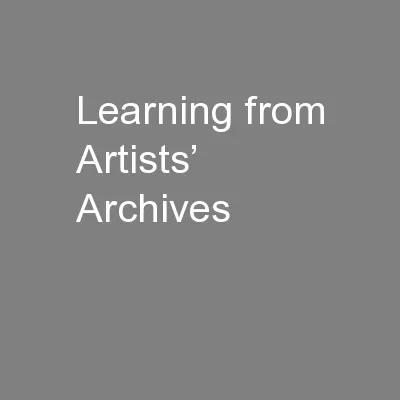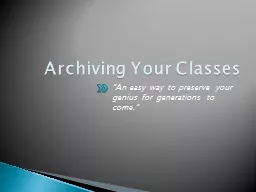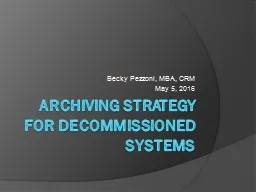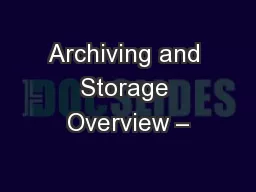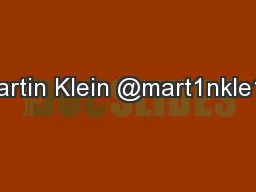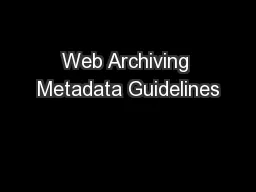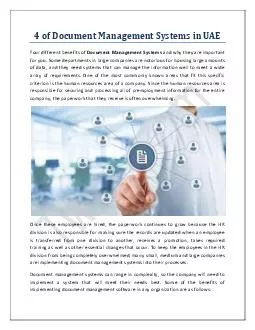PPT-Do-it-yourself self-archiving
Author : dardtang | Published Date : 2020-08-05
Chair Erzsébet Tóth Czifra On stage Laurent Romary and Naomi Truan FOSTERDARIAH OA in the Humanities workshop 21 January 2019 Overview of the session Issues
Presentation Embed Code
Download Presentation
Download Presentation The PPT/PDF document "Do-it-yourself self-archiving" is the property of its rightful owner. Permission is granted to download and print the materials on this website for personal, non-commercial use only, and to display it on your personal computer provided you do not modify the materials and that you retain all copyright notices contained in the materials. By downloading content from our website, you accept the terms of this agreement.
Do-it-yourself self-archiving: Transcript
Download Rules Of Document
"Do-it-yourself self-archiving"The content belongs to its owner. You may download and print it for personal use, without modification, and keep all copyright notices. By downloading, you agree to these terms.
Related Documents

